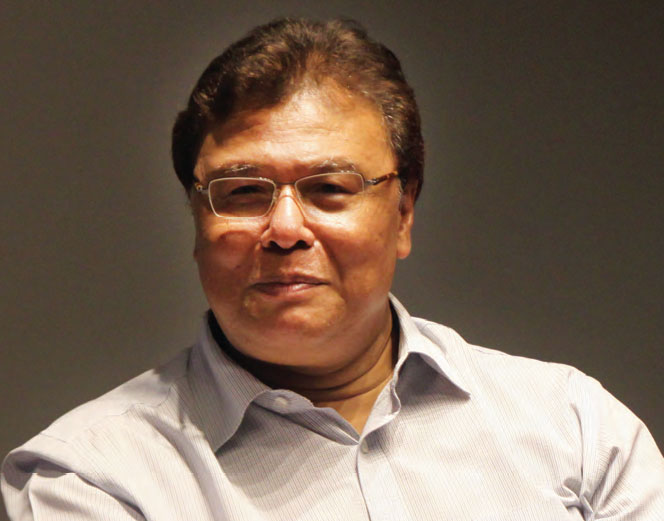

Dato Kamil: FINAS is currently assimilating the roles of several agencies at one point of time. The transition allows us to better define how content is being made, funded and organised for distribution around the world. We manage the major funding provided by the government and we have separated development from production. Now, we have the idea generators (producers of scripts, screenplays and ideas for animated series). This group of people whom we’ve nurtured the past years will be put in touch with production companies that have established links in the markets.
What FINAS has done is to make sure these two groups of people can merge and work together, yet remaining as two separate business ventures. For instance, we will peddle produced scripts to local producers and various markets such as MIPTV, to see if there are any interested parties outside Malaysia for the purpose of co-production.
For the past few years, the animation business has picked up with improvisation research and links with broadcasters. However, this has not happened with the live-action films.
Pinewood Iskandar is just one of the facilities that FINAS is supporting; we have many other studios but, this is the largest and the flagship where most international productions go to. Many productions come to Malaysia not just for the studios but also for the locations. As such, FINAS is preparing for productions that has more to do with location services.
The FIMI scheme has sparked interest from abroad. When they arrive, it is obvious that they will need the services from location managers. An example is Blackhat, although it was shot in Penang, the producers were looking for a location that resembled India. One of the things that FINAS did was to license people who can provide these services in order to streamline and to have the rates in hand.
When it was unlicensed before, anyone could intervene and recommend places but they are unable to answer questions from production companies such as supply of power source to generate the equipment. The problem now is that only a few could provide such service on an ad-hoc basis.
Beginning 2016, FINAS started to educate location managers, equipping them with exposure to the filming environment, logistic, catering, hospitality etc., so as to represent a one-stop assistance scheme for foreign companies. FINAS is supporting the incentives by linking up the location managers with various relevant businesses (for logistics) so that production companies can gain discounts and other benefits.
What do you think of the quality of the local content (Malaysia)?
Dato Kamil: I still think that Malaysian content is weak in terms of storytelling via visual media. I am an art film buff so I tend to view films as something that will prick my mind. For example, after I watch a film from Satyajit Ray, I will leave the cinema feeling like I just saw a side of India that I’ve never seen before – India that is similar to Malaysia. However, Satyajit Ray would have interpreted it in the right manner; a very Indian way without compromising the local flavour of the film.
Asia generally has movies that are suitable and connectable to the “riceeating” society. The challenge is when it enters the European space. Generally, Malaysia’s storytelling concept is still weak. This is why development started.
We are generating a group of people who will develop intellectual properties alone and then, release it both to international and local production entities for global distribution.
Is television still relevant in the digital age?
Dato Kamil: Television is still relevant in the sense that when someone says, “I produce content for television”, it really means that they are making content for a multimedia environment — television today is on double screens and smart TV. It is now clear that most of the content is intended for over-the-top and others, and I have a feeling that this is the focus from now on.
However, there is a distinction between producing something for cinema and television. If someone makes a film that is three hours long, the final destination will be either on Blu-ray or a mini-series on television. On the other hand, there could be someone making content for TV and it could be edited to bring a part of it to the movie; the lines are blurring now. I believe, within a decade, television will merge with cinema in terms of the approach. FINAS is more interested in the content itself. There are millions of TV stations, broadcasters and ISPs and OTT such as Netflix and iFlix who are all mushrooming by the day and they all need content.
There are no issues when it comes to demand as long as the product is great. TV by itself does not represent any return on investment. The return on investment comes from branding of the content. Brands can be created and if they are strong enough, franchises such as Upin and Ipin and BoBoiBoy are built.
Cinema has its own aura whereas television is for the masses. Mass market wise, television content is still needed. Theatres will survive because there will always be a crowd. The consumption point is merging. We are telling Malaysians producers to make the right content and get out of the domestic trap. When the primary content dies, exploitation cannot happen. We are also educating them about licensing; merchandising that can spun-off through branding. Younger producers have picked-up this concept very well but not the “Woodstock” generation.









